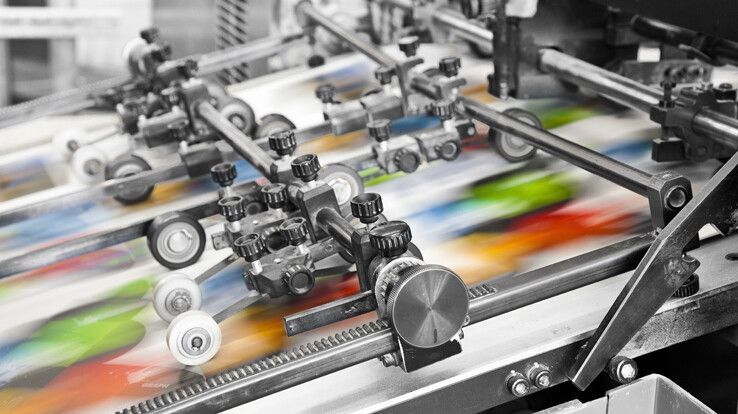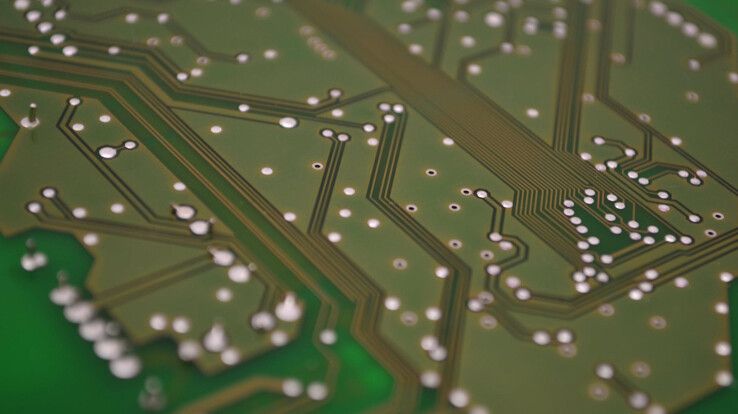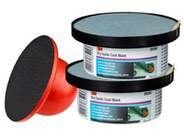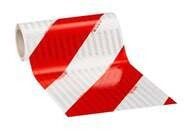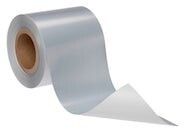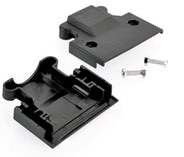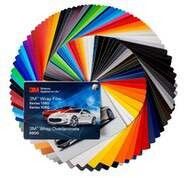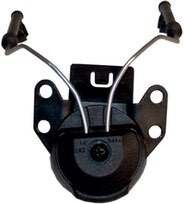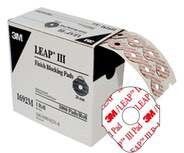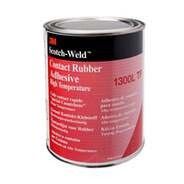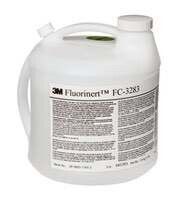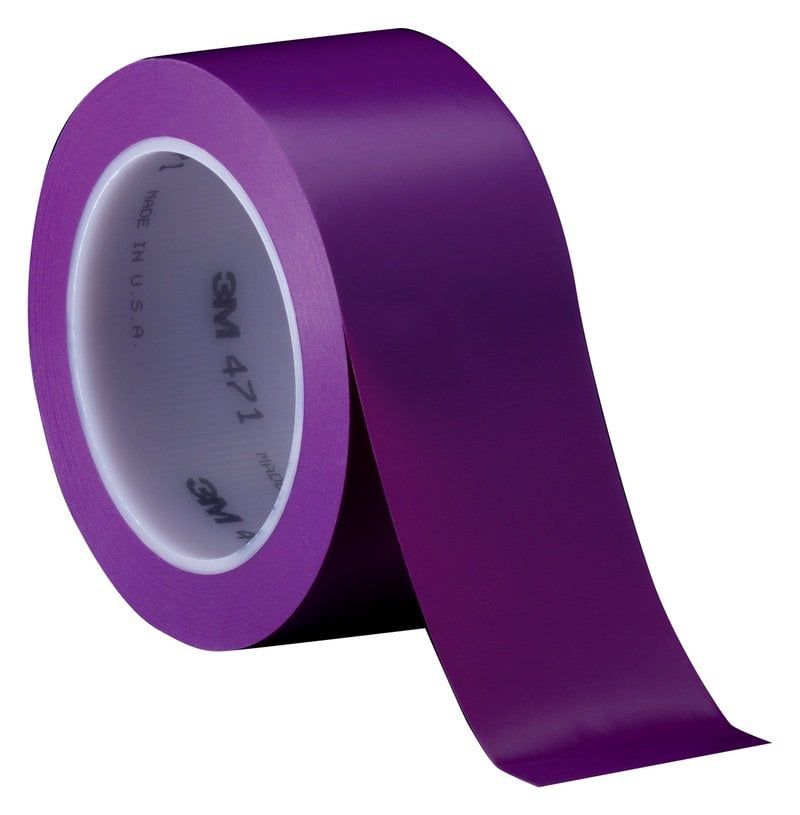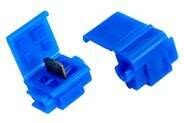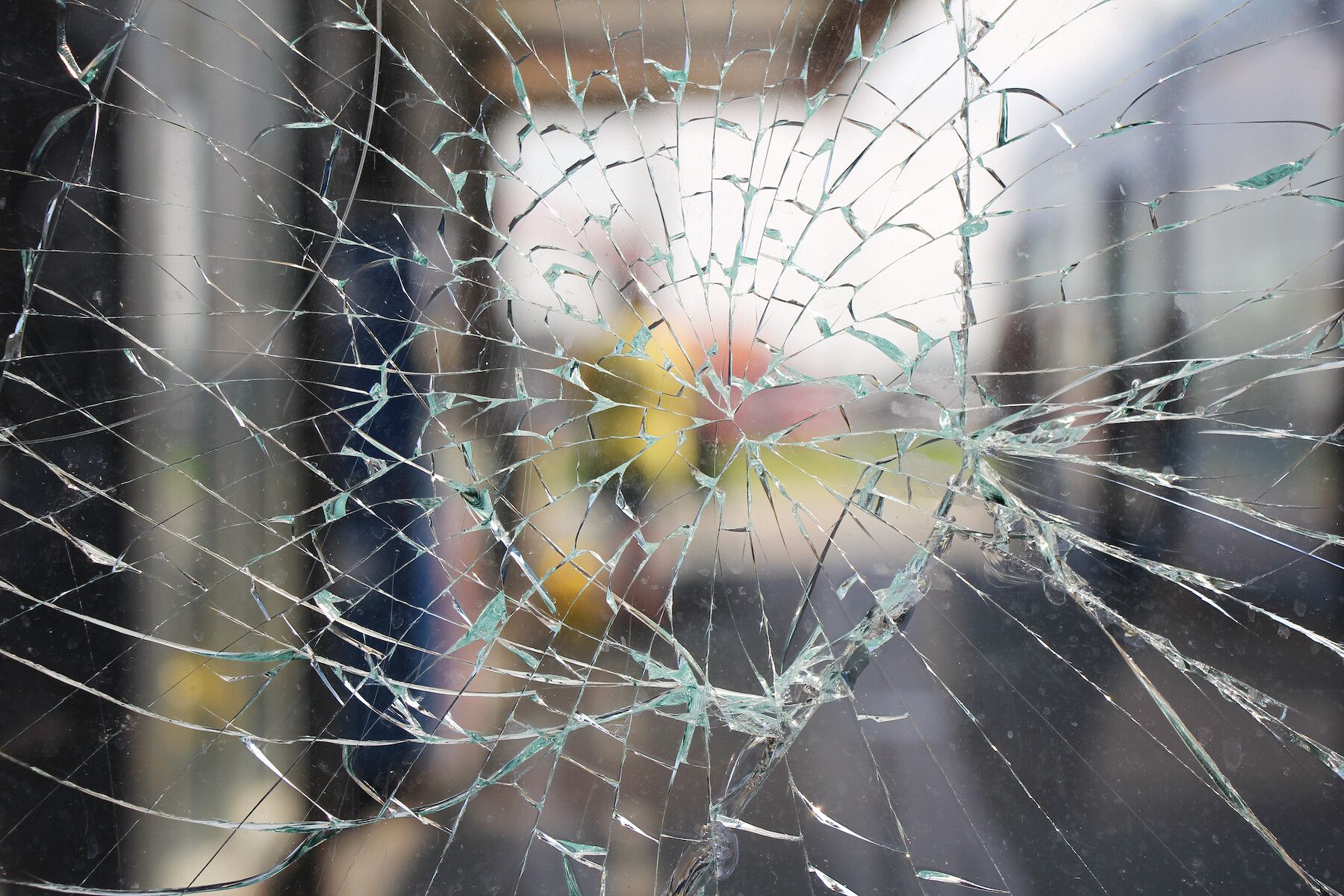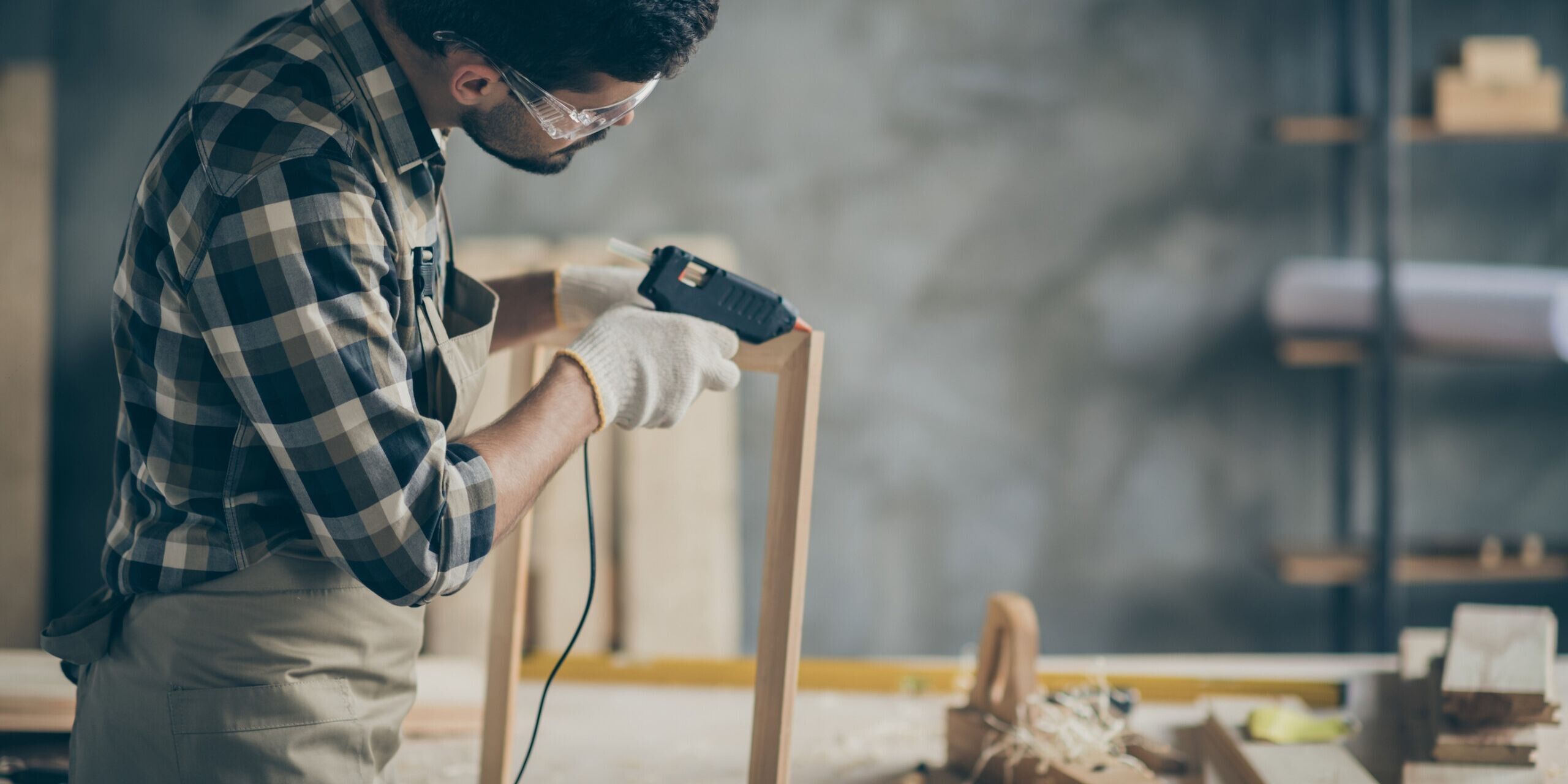Transparent heat reflective film: an energy-friendly sun protection method
During heat waves, there is no household without some kind of a protection against heat. We typically try to prevent the sudden rise in temperature caused by incoming sunshine with air conditioning machines or with fans. However, these incur significant monthly costs. In addition to this, many people are even sensitive to these methods of summer cooling. Transparent heat reflective films with excellent heat reflective properties can be a great alternative not only in the protection against intense heat but also against temperature changes caused by a cold winter.
Dramatic power consumption
This year, there was a new national gross peak in system load during summer again, which might be topped again and again in the coming months. On June 23, 2021, a power consumption of 6,814 MW was measured during the evening hours at a daily average temperature of 28.7°C.
According to the data of the Budapest center of MAVIR, the Hungarian Transmission System Operator Company, the summer power consumption rate these days approximates the data of the absolute national peak in winter, and the reason for this – among others – is the operation of air conditioning machines.
Transparent heat reflective film: a natural shading
Heat reflective films, that we mentioned here before in details, mean an efficient method of protection against intense heat and harmful infrared radiation, while they do not darken the apartment. In this blog entry, we will primarily cover the advantages of transparent heat reflective films.
By being a natural shade, the installation of the film means a one-off cost only and it does not cause an increase in our power consumption later, while it not only protects our home from excessive heat, but it also protects the equipment from the harmful and fading effect of the Sun’s rays. The greatness of these films lies in their ability to absorb 80% of rays of light before they enter the apartment.
Due to a dust-free installation and durability, we recommend an indoor use for transparent heat reflective films both in homes and offices, which briefly means that it is advisable to stick the self-adhesive films onto the inner surface of the windows.
How does it work?
The heat reflective film blocks 45-86% of the heat of sunlight before it enters the apartment. It has different production processes depending on type. We differentiate colored and aluminum metallized films, and there are fully metallized products that mean less reflective nickel-chrome films. The range is completed by ceramic heat reflective window films based on a titanium-nitrate basic material. The latter have a high level of heat protection; their level of infrared filtering is between 80-60%. So, these so-called infrared-absorbing films, that can absorb infrared radiation due to special particles, are definitely at the top of the product pyramid. This is important because infrared radiation causes a significantly more intensive sensation of heat. Any film can filter the visible light spectrum, they even provide energy protection, however they have negligible filtration level of around 12% in the infrared spectrum. Several types of heat reflective window film are available in our product range that are of premium quality and are prepared with metal-free nanotechnology.
Warmly recommended
The 3M™ Prestige Heat Reflective Window Film that we distribute also belongs to this category, which means that it is prepared with metal-free nanotechnology, which is today’s most up-to-date technology. These high-end films are not reflective even though they are transparent, and they retain heat without us noticing their blessed presence. They mean an ideal solution not only for homes but also for offices and warehouses.
While air conditioning works only when we use our car, sunshine constantly generates heat and it transforms the passenger compartment into a hot bowl. Unfortunately, due to its metallic structure and small space, our car can become even hotter than our apartment, but there is a good solution also for that with the help of 3M FX5 Heat Reflective Car Window Film. The product category of 3M™ FX-ST is comprised of colored heat reflective films. Their common feature is that they filter UVA and UVB rays – that are responsible for skin damage and color fading – almost in the whole spectrum. FX metal-free polyester optical films can reflect even half of the solar energy flowing into the car through the windows, thus ensuring a comfortable and cool effect. These products have a scratch-resistant protective layer and are available in several shades.
Sustainable development, efficient heat protection
Heat reflective films can be used as a sole method or combined with other air conditioning equipment, and they mean an environmental-friendly and energy-saving solution. They do not darken the space when used, but they ensure a comfortable and sensibly lower internal temperature. As they produce their cooling effect not by circulating air or by flowing a cooler air, they do not irritate our body and we can avoid inflammation and cold by using them. They can be installed simply and relatively quickly, and there is no need for drilling, wires, huge restructuring in order to establish the correct design for the system. Due to their nature, the internal layout and other parameters of our home do not have an effect on their applicability.
- Hits: 841


